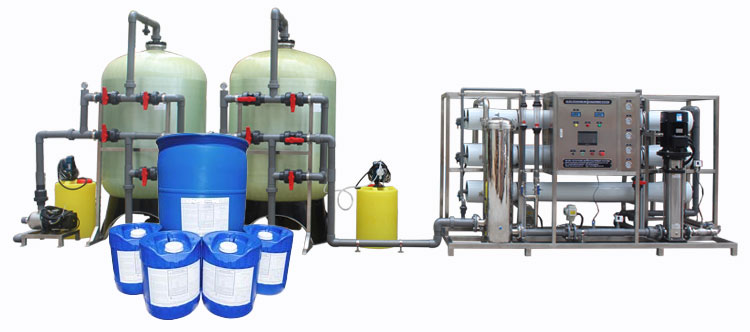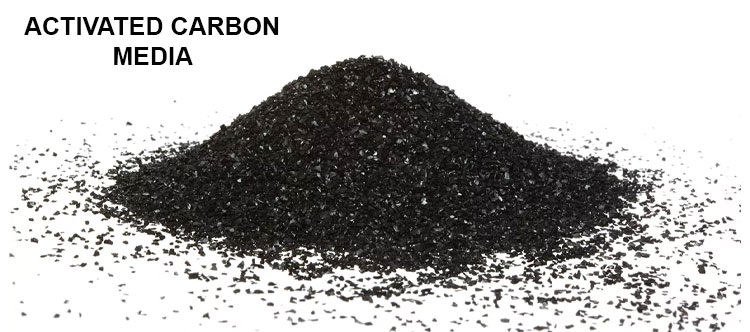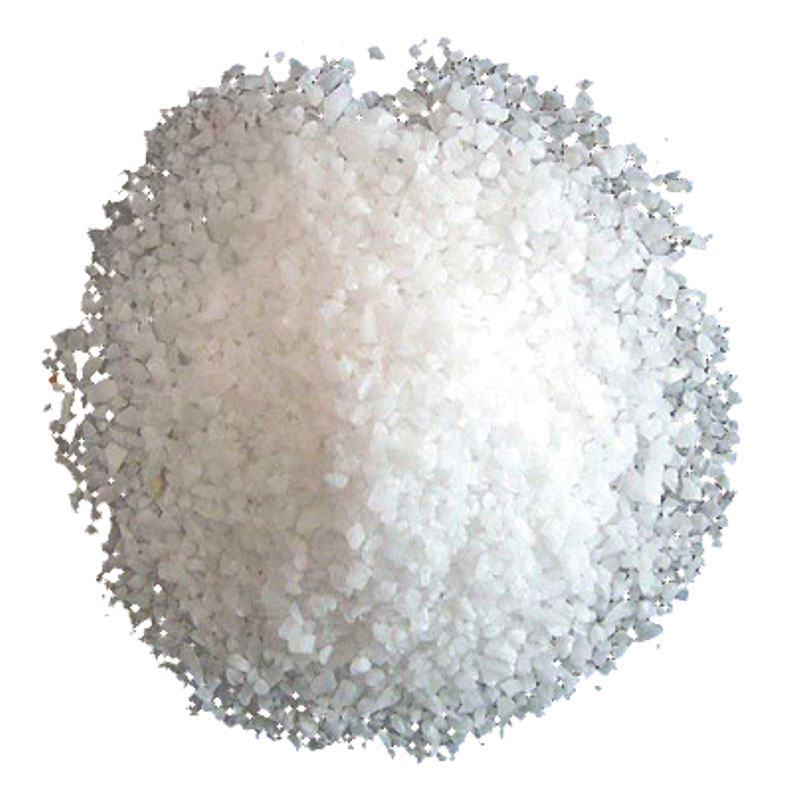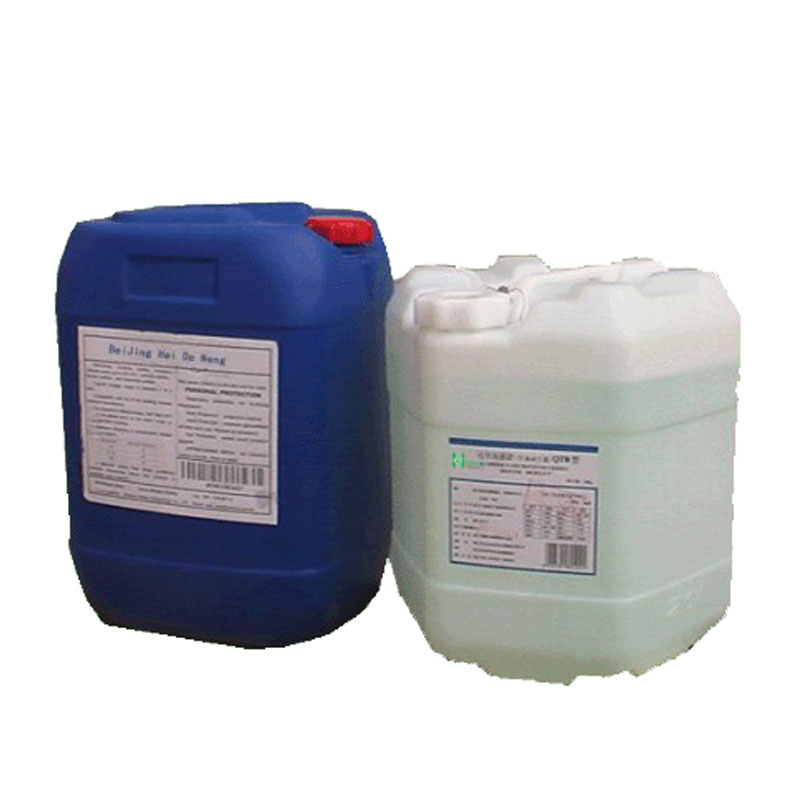Welche Deodorants können den Geruch im Abwasser entfernen?
kommunale Abwasserbehandlung, industrielle Abwasserbehandlung

oder landwirtschaftliche Abwasserbehandlung, der rationelle Einsatz von Deodorants ist ein wichtiges Bindeglied, um die Wirkung der Abwasserbehandlung sicherzustellen. Durch kontinuierliche Optimierung und Verbesserung der Abwasserbehandlungstechnologie können wir Geruchsprobleme im Abwasser besser bewältigen, die Umwelt schützen und die Lebensqualität verbessern.
Before discussing deodorants, it is necessary to understand the main sources of wastewater odor. The odor in wastewater usually comes from the following aspects:
1. Decomposition of organic matter: Organic matter decomposes under anaerobic conditions to produce odorous substances such as hydrogen sulfide, methane and ammonia.
2. Industrial emissions: Some industrial wastewater contains volatile organic compounds and other malodorous substances.
3. Domestic sewage: Food residues, feces and other organic matter in domestic sewage will produce odor under the action of microorganisms.

Which deodorants can remove the odor in wastewater?
Deodorants that can remove odors from wastewater:
1. Activated carbon,
2. Oxidants,
3. Biological deodorants,
4. Chemical precipitants,
5. Adsorbents.
Scientists and engineers have developed a variety of deodorants for different odor components in wastewater. The following is the working principle of these commonly used wastewater deodorants:
1. Activated carbon
Activated carbon is a commonly used adsorbent with a large surface area and a well-developed pore structure, which can effectively adsorb odor molecules in wastewater. The deodorization principle of activated carbon is mainly to capture odorous substances in wastewater on the surface and pores of activated carbon through physical adsorption and chemical adsorption, thereby removing odors.
★ Application example: In municipal sewage treatment plants, activated carbon is often used in the final stage of sewage treatment to ensure that the odor of discharged water does not affect the surrounding environment.
2. Oxidants
Oxidants destroy the chemical structure of odorous substances in wastewater through redox reactions, thereby achieving the purpose of deodorization. Commonly used oxidants include ozone, hydrogen peroxide, and potassium permanganate.
● Ozone: As a strong oxidant, ozone can quickly oxidize organic and inorganic matter in wastewater to remove odors and other pollutants.
● Hydrogen peroxide: Hydrogen peroxide decomposes in water to produce oxygen, which can oxidize odorous substances in wastewater, especially hydrogen sulfide and ammonia.
● Potassium permanganate: Potassium permanganate is a strong oxidant, often used to remove organic matter and metal ions in wastewater, and has a good deodorizing effect.
★ Application example: In industrial wastewater treatment, oxidants are often used to treat wastewater containing high concentrations of organic matter and sulfide, such as wastewater from paper mills and chemical plants.

3. Biological deodorants
Biological deodorants use the metabolism of microorganisms to decompose odorous substances in wastewater into odorless or low-odor substances. Commonly used biological deodorants include bacteria, yeasts and fungi.
● Bacteria: Certain types of bacteria can degrade organic matter in wastewater and reduce the generation of odor.
● Yeast: Yeast can convert organic matter in wastewater into odorless metabolites through fermentation.
● Fungi: Some fungi have a strong ability to decompose organic matter and can effectively remove odors in wastewater.
★ Application examples: In domestic sewage treatment plants, biological deodorizers are often used in aerobic and anaerobic treatment processes to remove odors from sewage through the metabolism of microorganisms.
4. Chemical precipitants
Chemical precipitants convert odorous substances in wastewater into insoluble precipitates through chemical reactions, thereby removing odors. Commonly used chemical precipitants include lime, aluminum sulfate, and ferrous sulfate.
● Lime: Lime can react with acidic odorous substances in wastewater to form insoluble calcium salt precipitates.
● Aluminum sulfate: Aluminum sulfate reacts with organic matter in wastewater to form insoluble aluminum salt precipitates.
● Ferrous sulfate: Ferrous sulfate can react with phosphates and organic matter in wastewater to form insoluble iron salt precipitates.
★ Application examples: In farm wastewater treatment, chemical precipitants are often used to remove nutrients such as phosphorus and nitrogen in wastewater to reduce the generation of odors.
5. Adsorbents
Adsorbents capture odor molecules in wastewater on the surface and pores of the adsorbent through physical and chemical adsorption, thereby removing odor. Commonly used adsorbents include activated carbon, zeolite and diatomaceous earth.
● Activated carbon: Activated carbon has a large surface area and a developed pore structure, which can effectively adsorb odor molecules in wastewater.
● Zeolite: Zeolite is a natural adsorbent with strong ion exchange and adsorption capacity, which can remove odor substances in wastewater.
● Diatomaceous earth: Diatomaceous earth is a natural adsorbent with a large surface area and pore structure, which can adsorb odor molecules in wastewater.
★ Application example: In municipal sewage treatment plants and industrial wastewater treatment, adsorbents are often used to remove odors and other harmful substances in wastewater to ensure that the treated wastewater meets the discharge standards.

How to choose a wastewater deodorizer that suits you?
In practical applications, choosing a suitable deodorizer requires considering multiple factors, including the composition of the wastewater, the scale of treatment, the cost of treatment and the environmental impact. The following are several common wastewater treatment scenarios and their deodorant selection recommendations:
1. Municipal sewage treatment
In municipal sewage treatment, odor problems mainly come from organic matter and microorganisms in domestic sewage. Common deodorants include activated carbon, oxidants and biological deodorants.
● Activated carbon: used to remove chlorine, odor and organic matter in sewage.
● Oxidants: such as ozone and hydrogen peroxide, which can quickly oxidize odorous substances in sewage.
● Biological deodorants: use microbial metabolism to decompose organic matter in sewage and reduce the generation of odor.
2. Industrial wastewater treatment
The odor components in industrial wastewater are complex and diverse, and different industrial fields require different deodorants for wastewater treatment. Common deodorants include oxidants, chemical precipitants and adsorbents.
● Oxidants: such as ozone and potassium permanganate, are suitable for treating industrial wastewater containing high concentrations of organic matter and sulfides.
● Chemical precipitants: such as lime and aluminum sulfate, are suitable for removing metal ions and organic matter in industrial wastewater.
● Adsorbents: such as activated carbon and zeolite, suitable for adsorbing odor molecules and other harmful substances in industrial wastewater.
3. Farm wastewater treatment
Farm wastewater contains a large amount of organic matter and nutrients such as nitrogen and phosphorus, which are prone to produce odor. Commonly used deodorants include biological deodorants and chemical precipitants.
● Biological deodorants: use microbial metabolism to decompose organic matter in farm wastewater and reduce the generation of odor.
● Chemical precipitants: such as aluminum sulfate and ferrous sulfate, can remove phosphorus and nitrogen in wastewater and reduce the generation of odor.

Conclusion
The odor problem in wastewater not only affects the quality of the environment, but also causes trouble to people's lives. By using suitable deodorants, the odor in wastewater can be effectively removed and the water quality can be improved. Different types of deodorants have their own unique working principles and application scenarios. The selection of suitable deodorants requires scientific evaluation based on the specific wastewater composition and treatment requirements.
Whether it is municipal sewage treatment, industrial wastewater treatment or farm wastewater treatment, the rational use of deodorants is an important link to ensure the effect of wastewater treatment. By continuously optimizing and improving wastewater treatment technology, we can better deal with odor problems in wastewater, protect the environment and improve the quality of life.
● Chemische Fällungsmittel wie Aluminiumsulfat und Eisensulfat können Phosphor und Stickstoff aus dem Abwasser entfernen und die Geruchsbildung reduzieren.





